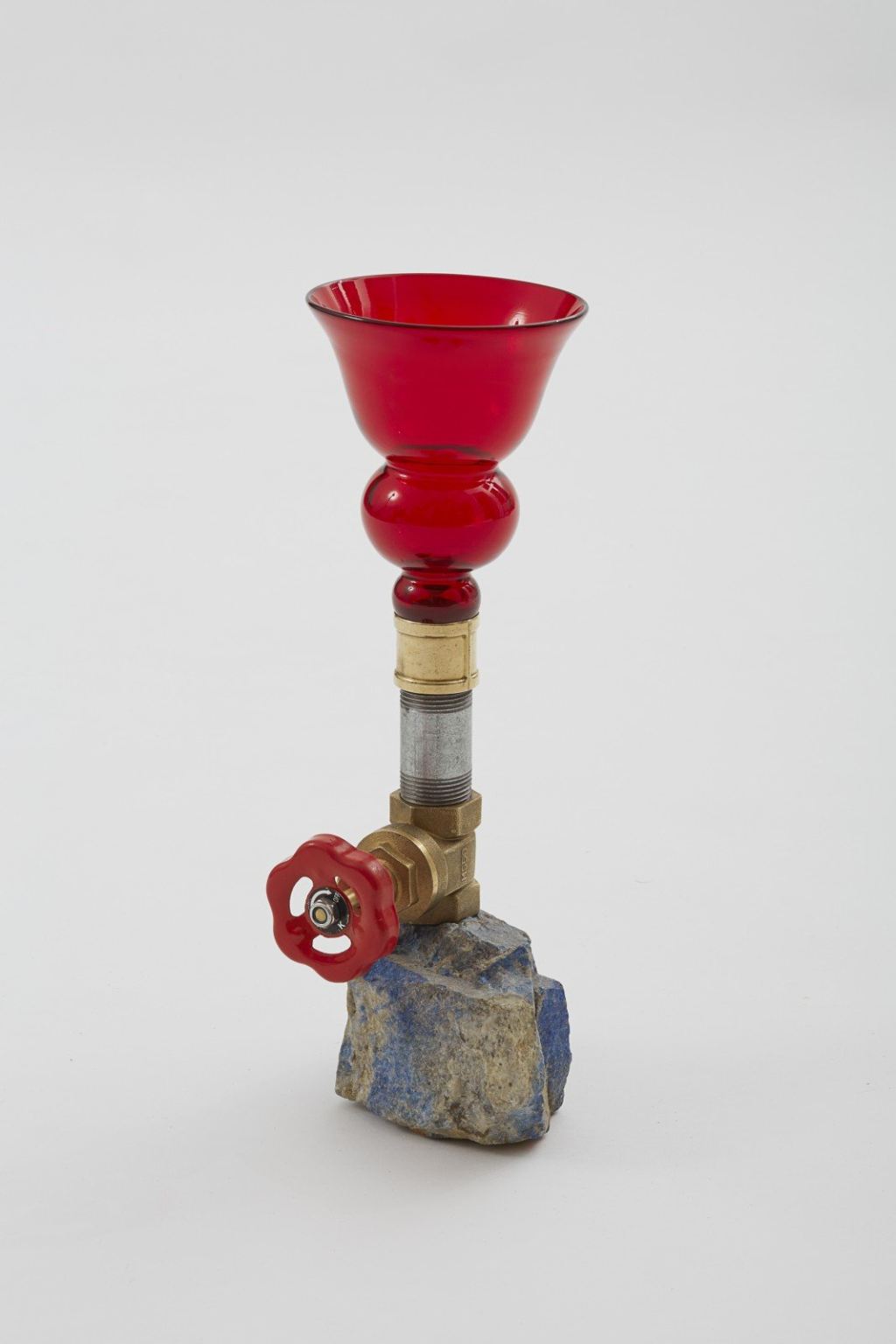At the show with the artist: Jimmie Durham’s guide to Venice, soon at the Querini Stampalia






…for example, you most likely think I will be critical of the idea of tourists. In truth I have sympathy for tourists. That is, unless I am actually in Venice. The stupidest people in the world are the tourists in Venice. Cattle could not act as dumb. Tourists in Rome or the Grand Canyon do not act so bad.
Carnival, although its origins are European many thousand of years old, is a Roman Catholic ritual. It is well-known from places like Basel in Switzerland but the Brazilian carnival is so famous we can almost say it is the definition.
We are not even sure if Venice has a carnival or not. The masks of Venice are not much; badly decorative and without character. Yet they are famous. Not only must every tourist have at least one, there is at least one in every apartment or villa in Venice.
What is the imagined significance? I have a silly little glass ball with a glass fish inside, and many people have artificial hard candy made of glass as souvenirs of Venice. We like the charm, the tricky craftsmanship with which they are made. A glass chandelier, celebrating light and colour, can be even more charming.
A Venetian mask, however, is made with little craft, charm or reason. It does not recall carnival to the possessor; only ‘Venice’ as a construct away from reality.
All sorts of ridiculous people return from Paris with a miniature replica of the Eiffel Tower. Most likely they saw the original and the replica is a memory recaller. But even if you saw carnival in Venice most likely you saw no revelers wearing any of the masks. They are reminders of nothing you saw.
There are beautiful cities everywhere, Kyoto, Rio de Janeiro, New Orleans, Paris. Even though any of them might be famous for some specific reason, such as jazz, basically they are all cities wherein people can work at whatever tasks they like. The tasks of the population of Venice are about the specificity of Venice. The job of Venice is taking care of Venice, in other words.
This abstract we have chosen for our “At the show with the artist” section is taken from the book that American-born sculptor, essayist and poet Jimmie Durham will present during the upcoming 56° Venice Biennal, as part of a new site-specific project titled “Venice: Objects, Work and Tourism”. This new body of works is focused on the materials of which Venice is made of: stone, wood, iron, glass, water, gold, and fabric. The exhibition will take place in the Fondazione Querini Stampalia, specifically in the area restored by Carlo Scarpa in 1959. In order to develop a new approach to traditional fine arts, we generally ask contemporary artists to visit exhibitions or museums dedicated to art produced before the XIX century. But in this case the show is Venice itself, an open air integrated unique museum whose visitors are, today, its main resource, but also its main problem. As Durham, a tourists himself, perfectly points out.
November 21, 2022
